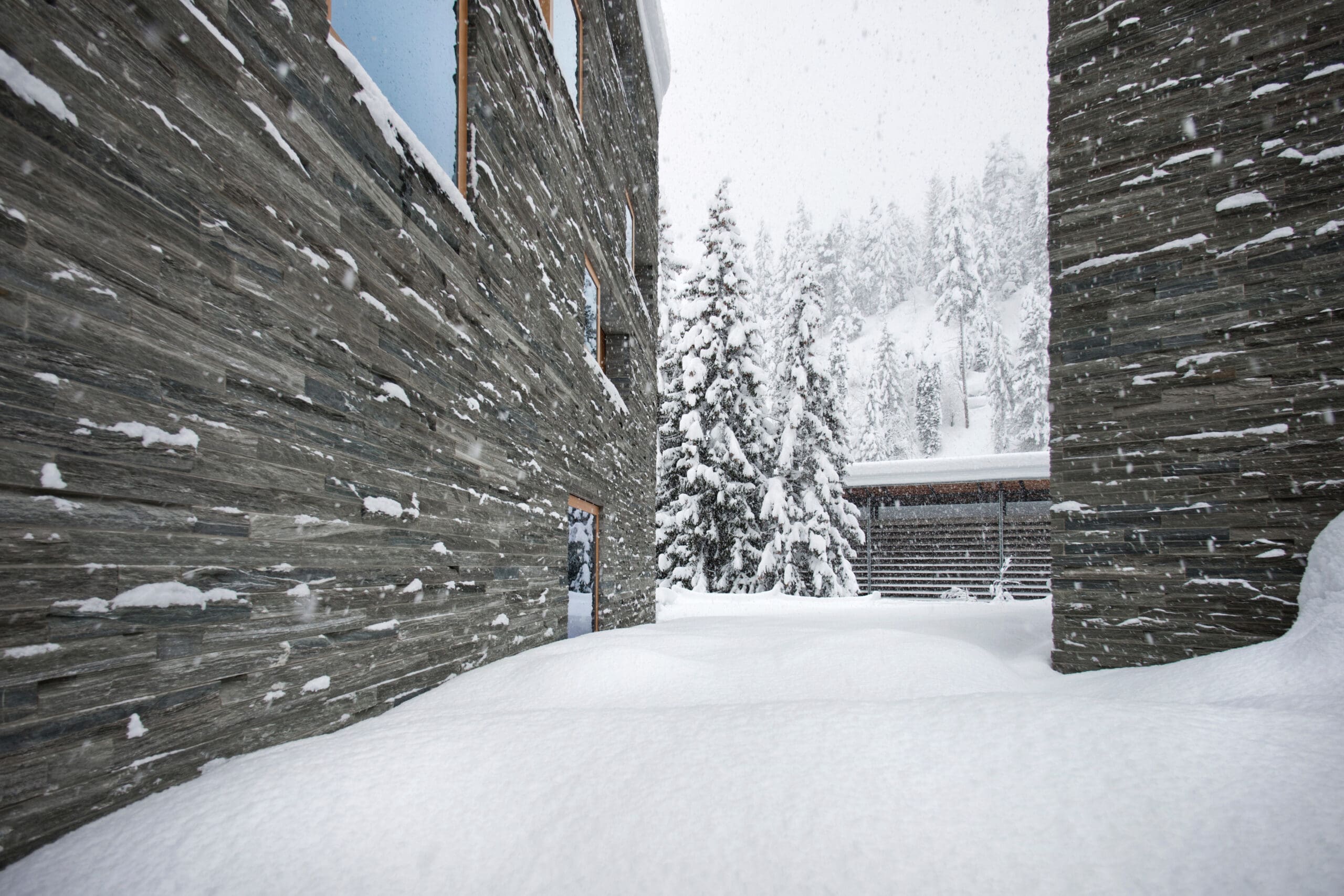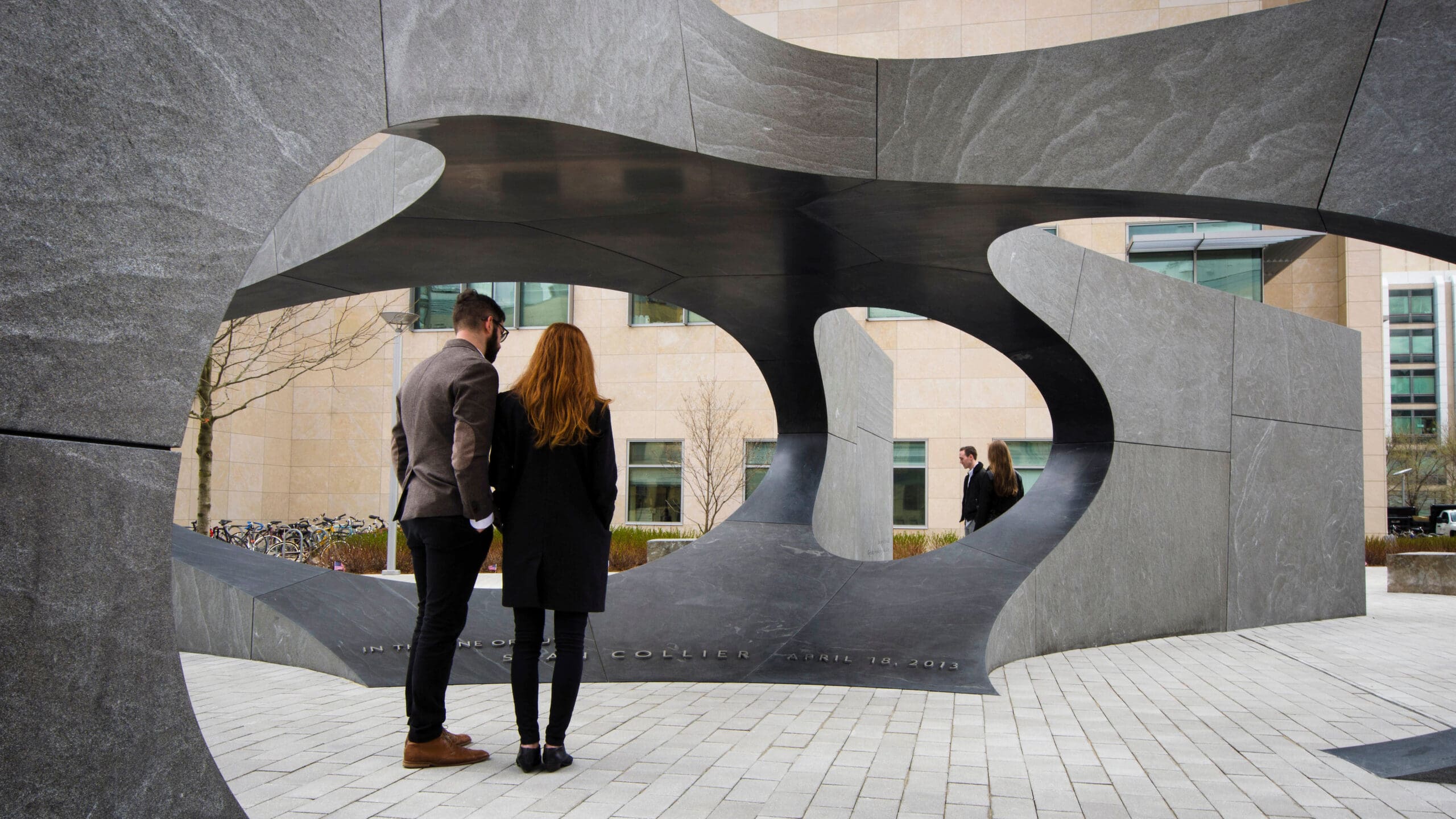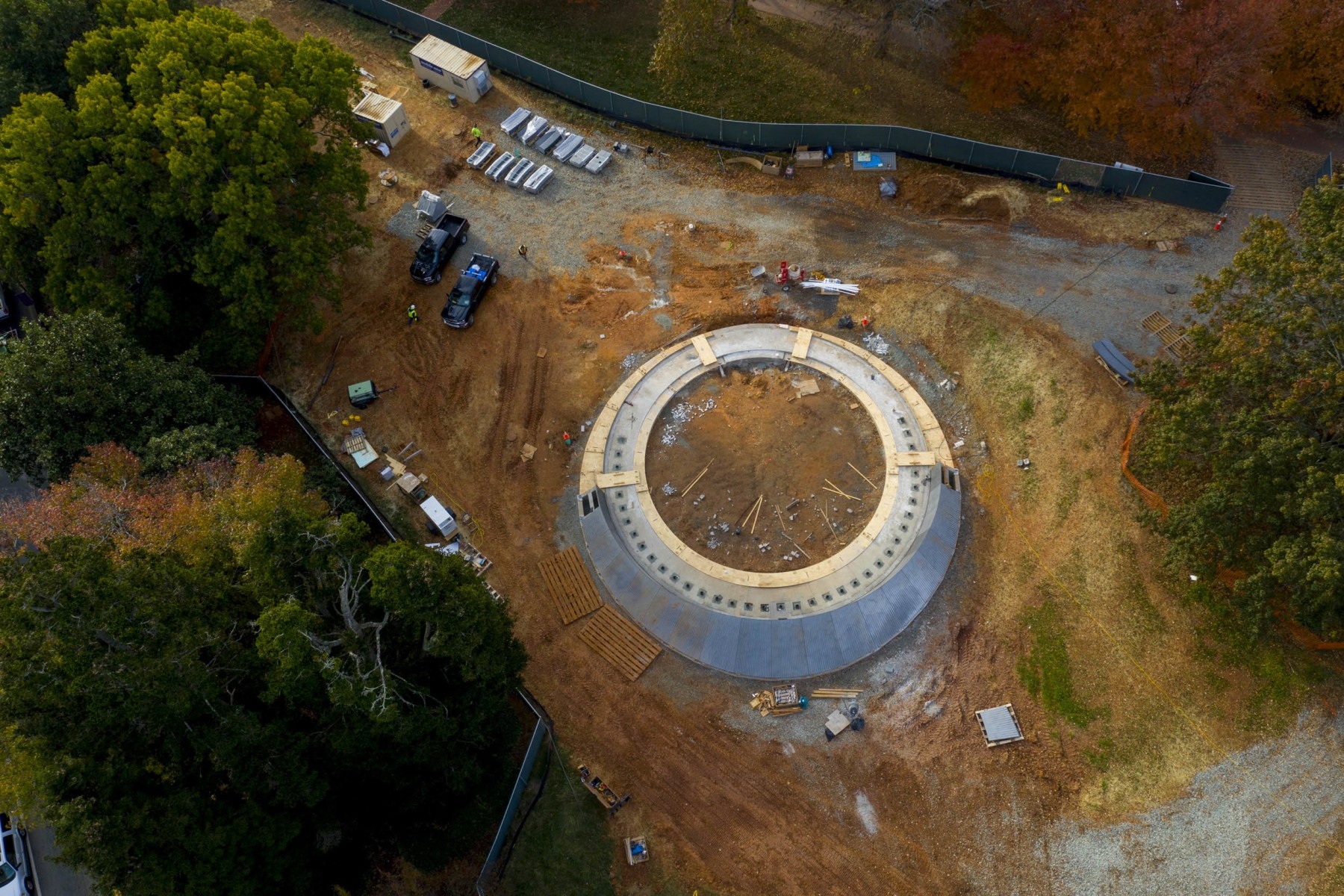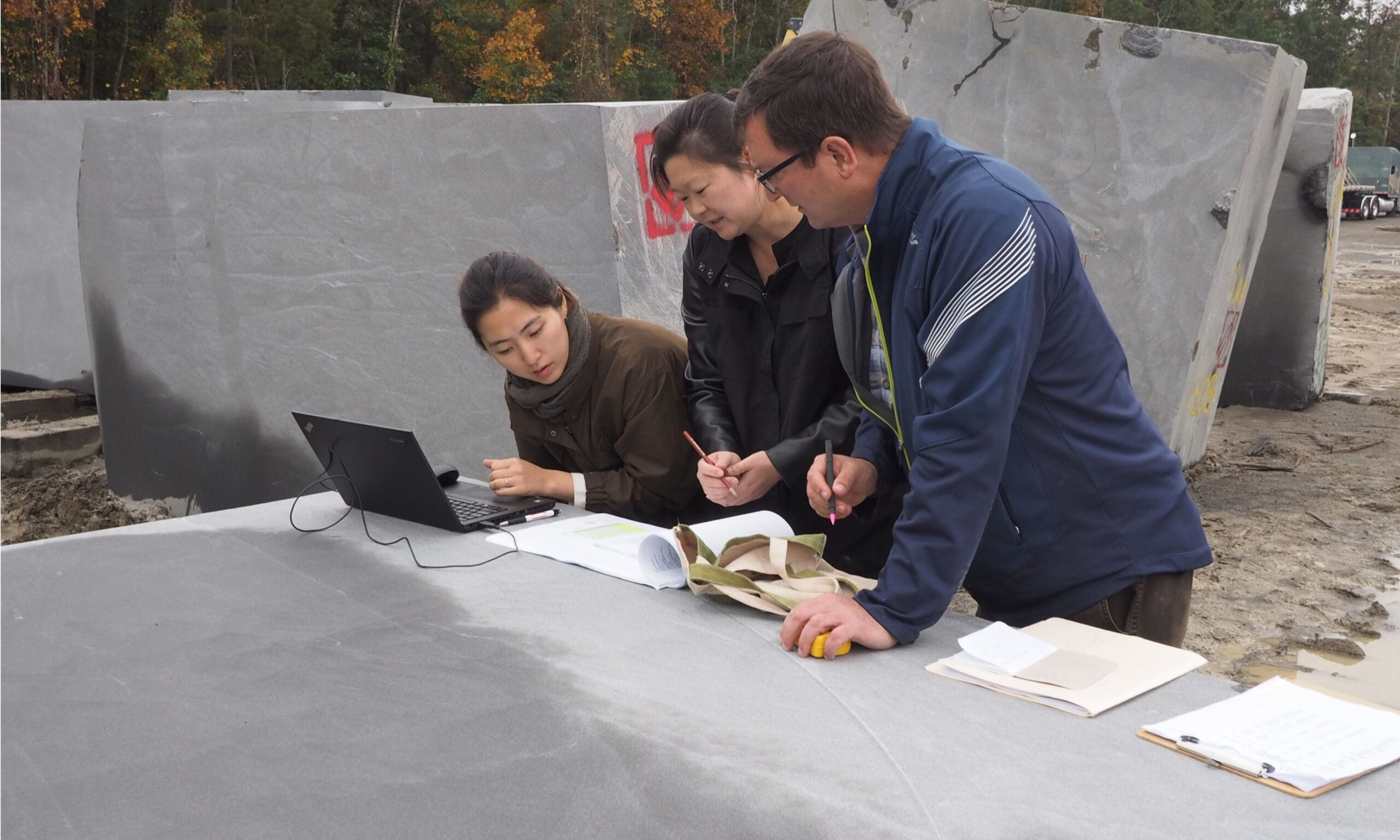Understanding Your Stone Project Requirements

When embarking on an architectural or artistic project, selecting the right stone is crucial to achieving durability, aesthetics, and functionality. Whether you’re sourcing natural sandstone from a sandstone quarry or considering high-end materials like Vals Quartzite, a strategic approach will ensure the success of your project. Making the right choice involves evaluating the environmental factors, design preferences, and longevity of different stone types. By taking a comprehensive approach, you can ensure that the material aligns perfectly with both functional and visual expectations.
Understanding your project requirements is the first step in making an informed decision. Each project has unique demands, such as load-bearing capacity, exposure to the elements, and intended use. A residential patio, for example, requires different stone properties compared to a grand commercial façade. Architects and designers must also consider factors like budget and sustainability. A stone consultation and inspection with experts like Quarra Stone can help assess these aspects, guiding you toward the best material for your specific needs through their comprehensive services.
Types of Stone Materials

When it comes to selecting the perfect stone for your project, understanding the variety of natural stone materials available is crucial. Each type of stone offers unique characteristics that can significantly impact the aesthetics, durability, and functionality of your project.
Granite, for instance, is a popular choice for flooring and countertops due to its exceptional durability and resistance to heat and scratches. Its robust nature makes it ideal for high-traffic areas and surfaces that endure heavy use. Marble, on the other hand, is renowned for its elegant appearance and is often favored in high-end architectural projects. Its luxurious veining and smooth texture add a touch of sophistication to any space.
Limestone, a sedimentary rock formed from calcium carbonate, is commonly used in construction and landscaping. Its versatility and natural beauty make it a preferred choice for both interior and exterior applications. Quartzite, a metamorphic rock formed from sandstone, is prized for its unique veining patterns and remarkable durability. This stone is perfect for projects that require both aesthetic appeal and long-lasting performance.
The type of stone material chosen for a project depends on various factors, including budget, desired appearance, and intended use. Stone materials can be used for a wide range of applications, such as flooring, countertops, walls, and exterior cladding. However, the availability of stone materials can vary depending on the region and supplier, so it’s essential to consider these aspects when making your selection.
By understanding the characteristics and properties of each stone material, you can make an informed decision that aligns with your project’s requirements and enhances its overall quality.
Researching Your Stone Source Availability

Researching your stone source is essential to securing high-quality materials. A reliable supplier will provide not only premium options but also ethically sourced stone. Natural sandstone from a reputable sandstone quarry, for instance, ensures authenticity and durability. The origin of the stone impacts its composition and performance, so working with a trusted supplier, like Quarra Stone, guarantees access to carefully selected, top-tier options. Quality control measures, including digital scanning and rigorous inspection, further ensure the stone meets industry standards
Aesthetics and Durability

Aesthetics and durability play a significant role in the stone selection process. Vals Quartzite has been utilized in significant buildings such as the Deloitte Tower in Toronto, Canada, showcasing its appeal and versatility in diverse environments. Each stone type brings distinct characteristics that can influence the overall appearance and structural integrity of a project. Natural sandstone, with its warm hues and fine texture, is commonly used in historic restorations and modern landscape designs. Vals Quartzite, sourced exclusively from the Swiss Alps, is highly sought after for its unparalleled durability and elegant veining. Limestone and marble offer classic, timeless beauty but require careful selection to match the intended application. Whether for cladding, flooring, or decorative elements, choosing the right stone enhances the visual appeal and ensures long-term resilience.
Maintenance and Longevity

Maintenance and longevity should also factor into your decision. Some stones are more porous and susceptible to staining, while others withstand harsh weather conditions with minimal upkeep. Vals Quartzite, for instance, is prized for its resistance to weathering and requires little maintenance, making it ideal for exterior applications. On the other hand, limestone and marble may need periodic sealing to preserve their finish and prevent erosion. Understanding the maintenance demands of each stone type can prevent costly restoration efforts in the future. A thorough stone consultation and inspection can help assess long-term care needs and make informed choices that align with your maintenance capabilities.
Exploring Digital Fabrication Options

Exploring digital fabrication options can significantly enhance precision and customization in stonework. Modern technology enables intricate cutting and detailing, making it possible to achieve complex designs with remarkable accuracy. Quarra Stone utilizes advanced digital tools to refine raw materials into precise architectural elements, allowing for greater flexibility in design and execution. Whether for intricate sculptures or large-scale cladding, leveraging these innovative techniques ensures consistency and superior craftsmanship.
Planning for Installation and Restoration

Proper planning for installation and restoration is key to maximizing a stone’s lifespan. High-quality materials must be complemented by expert installation techniques to maintain their integrity over time. Improper installation can lead to issues such as cracking, shifting, or premature deterioration. If you are working on a restoration project, partnering with professionals experienced in stone cladding and preservation ensures that the structure retains its original charm while reinforcing its durability. Paying attention to these details guarantees a long-lasting and aesthetically pleasing result.
Conclusion

Selecting the right stone is a crucial step in achieving a successful architectural or artistic outcome. Whether sourcing natural sandstone from a sandstone quarry or investing in premium materials like Vals Quartzite, working with experts like Quarra Stone ensures access to superior materials and professional guidance. By evaluating factors such as durability, maintenance, aesthetics, and installation, you can make an informed choice that enhances the quality and longevity of your project.
For personalized stone consultation and inspection, visit Quarra Stone.

